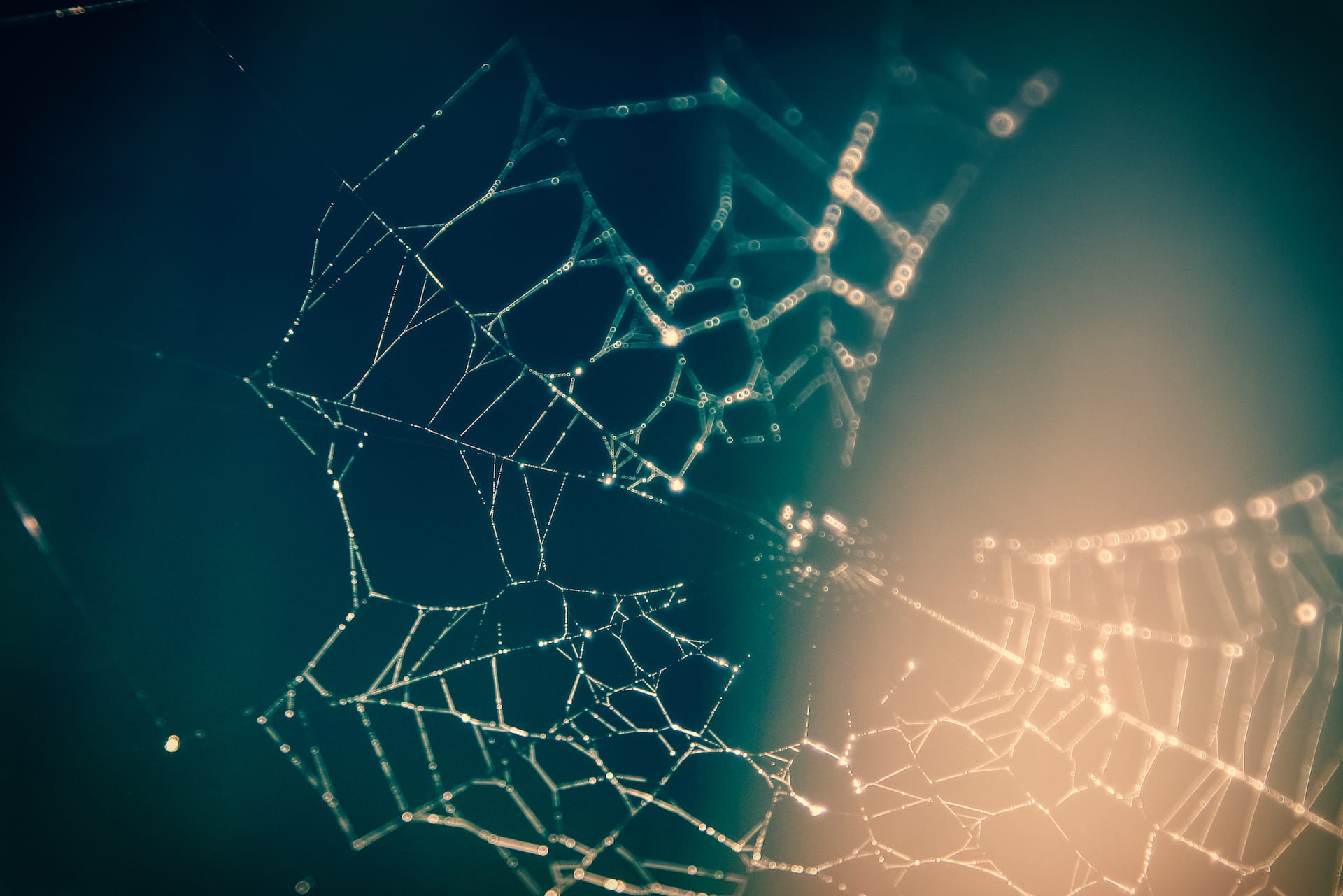Blockchain, the future of IoT

In the recent times, Internet of things (often known as IoT) is increasingly found in civilian and military contexts, ranging from Smart Cities to Internet-of-Military-Things and Internet-of-Battlefield-Things. But the chaotic growth of IoT will certainly introduce several challenges, including the challenges to identify, connect, secure and manage several devices. These challenges have posed threat to the current infrastructure underlying the internet and online services to support huge IoT ecosystems of the future.
With more and more devices connected to the internet, security and management is definitely a major concern. Once the servers become overloaded and represent a single point of failure, the system becomes more vulnerable to cyber-attack.
However, the above-mentioned problems posed by IoT can be solved through Blockchain. The Blockchain is the distributed ledger technology that has been playing an important role in the cryptocurrencies to facilitate secure and anonymous transactions. Bitcoin, Litecoin, Ethereum are some of the companies that have truly pushed cryptocurrencies forward. This technology is proving its worth in many other industries including IoT. With the help of Blockchain, IoT ecosystems will be able to break from the traditional broker-based networking where devices rely only on the central cloud server to identify and authenticate individual devices.
The Blockchain Security Model
Though the centralized model has worked ideally for decades, when the number of network nodes grows into the millions, the model turns out to be problematic, especially while generating billions of transactions. This is because of the fact that the centralized model will exponentially increase computational requirements and thereby increase the costs too.
The Blockchain technology enables the creation of secure mesh networks, where IoT devices can interconnect in the most reliable way while avoiding threats such as device spoofing and impersonation. Companies in agriculture and manufacturing industries, where there is a requirement of remote sensors and automation, are already using the Blockchain technology to power IoT systems. As Blockchain registers every legitimate node, devices will be able to identify and authenticate each other easily without the involvement of the central brokers or certification authorities. Further, this makes the network scalable to support billions of devices without the need for additional resources.
The Australian telecommunication company, Telstra, is another notable company that leverage Blockchain technology to secure smart home IoT ecosystems. The company has created a private Blockchain to minimize verification time and facilitate real-time tamper resistance and tamper detection. In fact, cryptographic hashes of device firmware are also stored on the private Blockchain. As most smart home devices are controlled through mobile apps, the biometric information of the user is added to the Blockchain hashes. This will enable the Blockchain to verify both the identity of IoT devices and the identity of the people interacting with those devices.
Blockchain Catering to the Future of IoT
IoT mostly comprises of technologies that allow for data collection, control of devices, and remote monitoring. As we progress, IoT will transit towards becoming a network of autonomous devices, interacting with one another and also with their environments and demonstrating the ability to make smart decisions without human intervention. In this aspect, Blockchain plays a vital role. Blockchain forms a base that will support shared economy depending on machine-to-machine communication. In fact, data monetization is also enabled by Blockchain, which allows the owners of IoT devices to share the generated IoT data in exchange for real-time micropayments.
Though Blockchain presents many promises, challenges, such as consensus models and the computational costs of verifying transactions, still remain. As we are still in the early stages of the Blockchain development, the hurdles can be eventually eliminated while opening the path for many exciting possibilities.

